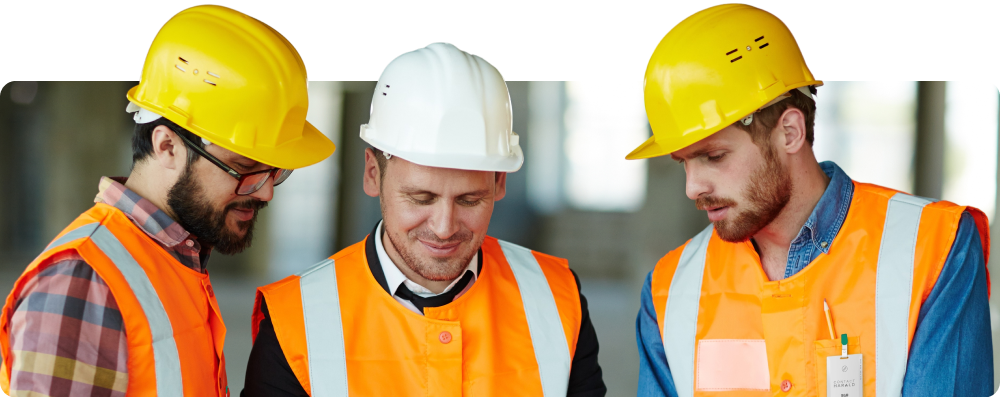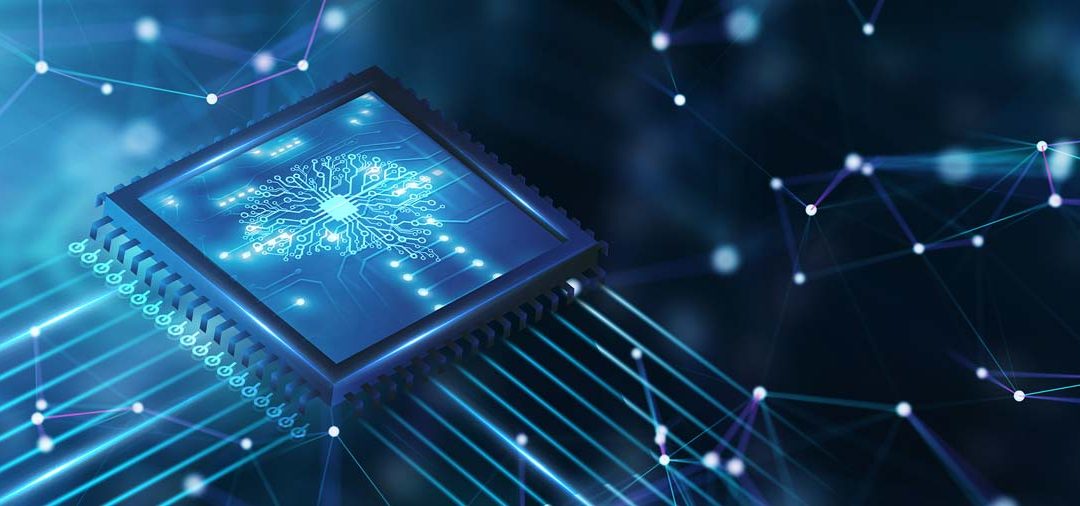Now more than ever, construction companies are looking for ways to stand out from the competition—and that starts with staying on top of the latest technology that helps them build more efficient, profitable projects.
The future of construction technology will be a hybrid of artificial intelligence (AI) and machine learning working alongside the industry’s workforce.
But what does that mean?
Artificial intelligence, according to IBM, is the use of computers and machines to mimic the problem-solving and decision-making capabilities of the human mind.
Machine learning is a subset of artificial intelligence that leverages algorithms to automatically learn and improve from data without the help of humans or consistent programming.
Put more simply, artificial intelligence is the brain of the computer, and machine learning is the part of that brain that learns from data and makes informed decisions based on what it has learned.
How Artificial intelligence is Being Used in Construction
Generative Design
Computer scientists have found a way to make the process of designing a building more efficient and accurate. By starting with the goals and parameters of a project, generative design is able to explore every possible iteration of a solution until it comes up with the best option.
This technology and its use has the potential to save architects and designers countless hours upfront—but it doesn’t replace the human touch completely. Once the optimal solution is found for the design of a building, a designer still needs to fine-tune the details and take it from there.
Construction Robots
Robots are being utilized on construction projects to perform repetitive tasks (such as bricklaying) using AI to detect changes in conditions and maximize efficiency. While only a few robots have been added to the project ranks so far, it is expected that more of these AI-powered workers will be used as a method of streamlining productivity.
What’s our favorite robot in construction, you ask? Meet Spot: a robot dog created by Boston Dynamics used to carry image-capturing or laser scanning equipment that ventures where humans can’t. Spot’s ability to walk himself autonomously around a jobsite, including on uneven terrain, makes him a project’s best friend. Spot may not have AI infused into his DNA yet, but the future generations of Spot will incorporate AI for predictive and preventative analysis.
Smart Tools
Milwaukee Tool first dabbled into the technology space with their wirelessly connected tools, but they’ve since enhanced their capabilities with AI to pinpoint the exact locations of where a tool was last seen. And they didn’t stop there—by adding algorithms and more advanced sensors to their tools, Milwaukee is able to combine the data of a motor drive with motor load information to make decisions on false trips.
Predictive-based Safety Monitoring
It should come as no surprise that these technological concepts are being applied to the most important priority in construction: safety. Companies like NewMetrix have created an AI-powered solution to help predict (and prevent) safety incidents on projects.
By leveraging a construction-specific AI model, their platform can analyze existing data along with their proprietary program to provide actionable incident insights that have the power to keep workers safe.
Progress and Quality Analysis
While BIM has opened the door for 3D modeling of a project, it’s still nearly impossible to tell the progress or quality of a build without a human resource to manually sift through and analyze images. That is, until now.
Doxel’s computer vision-based progress tracking leverages AI to act as a digital surveyor that delivers insights and reporting in real time. It can automatically analyze visual data, measure installed quantities, and inspect quality for more than 75 different construction stages. This not only saves companies time, it also mitigates the risk of errors and delays that could become costly.




